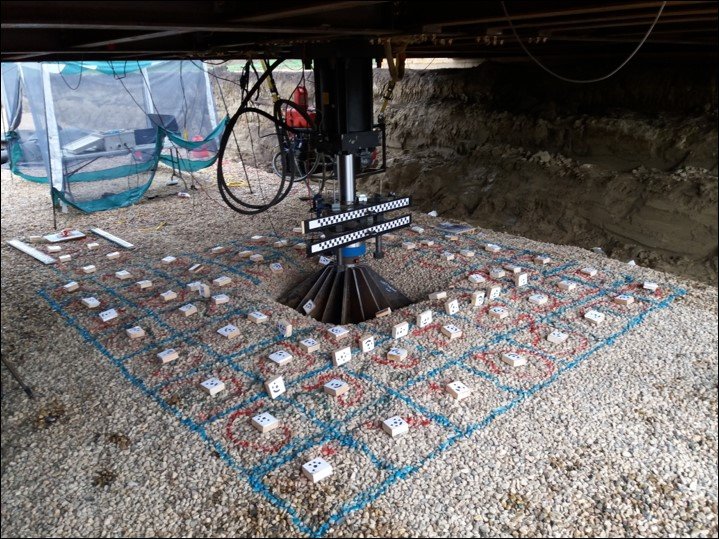T-Value: Time for Testing
by Andrew Lees, on February 20, 2020
A full-scale field trial on the Canadian Prairies has verified our new T-value design method for working platforms stabilised with geogrid.
As discussed, our T-value design method enables a more accurate assessment of the positive effect of stabilising geogrids on the bearing capacity of granular working platforms. Finite element analysis and 500 large-scale triaxial tests were used to develop the method and to verify that the stabilisation effect could be measured.
The field trials
We then needed to test our approach in the real world, so we teamed up with the University of Saskatchewan in Canada to carry out full-scale plate load tests on a trial section of granular working platform on a clay subgrade.
In this weeks Ground Coffee, Andrew is on the Canada Prairies where a full-scale field trial was conducted to verify Tensar's T-value design method for working platforms stabilised with geogrid.
Testing, using two 20t trucks as a reaction force, was carried out on 0.25m and 0.5m thick granular platforms, on sections with, and without, stabilising geogrid.
A 1m square plate was used to create a pressure bulb similar in size, and depth, to the one created by the track of a piling rig or crane. This, as discussed in our blog on plate load tests, gives a more accurate assessment of ultimate (and safe) bearing capacity of a platform, than conventional tests using 0.3m or 0.6m diameter plates.

Monitored plate load field trial carried out on the Canada Prairies
Note: One size does not fit all
This was highly valuable testing, as it demonstrated how our stabilising geogrids can improve the performance of granular working platforms built on clay subgrade.
However, while in theory the T-Value Method can be applied to other granular materials and geogrids, the relationship between the T-value and subgrade strength that has been derived is for Tensar geogrids alone.
If other aggregate types and geogrid products are to be used, the relationship must be derived through FEA and laboratory testing and validated using full-scale testing appropriate to the platform or foundation being built.
Want to learn more about Tensar's T-Value Methodology?
You can access our T-Value Guide to temporary works design here.



-(1).png?width=400&height=400&ext=.png)